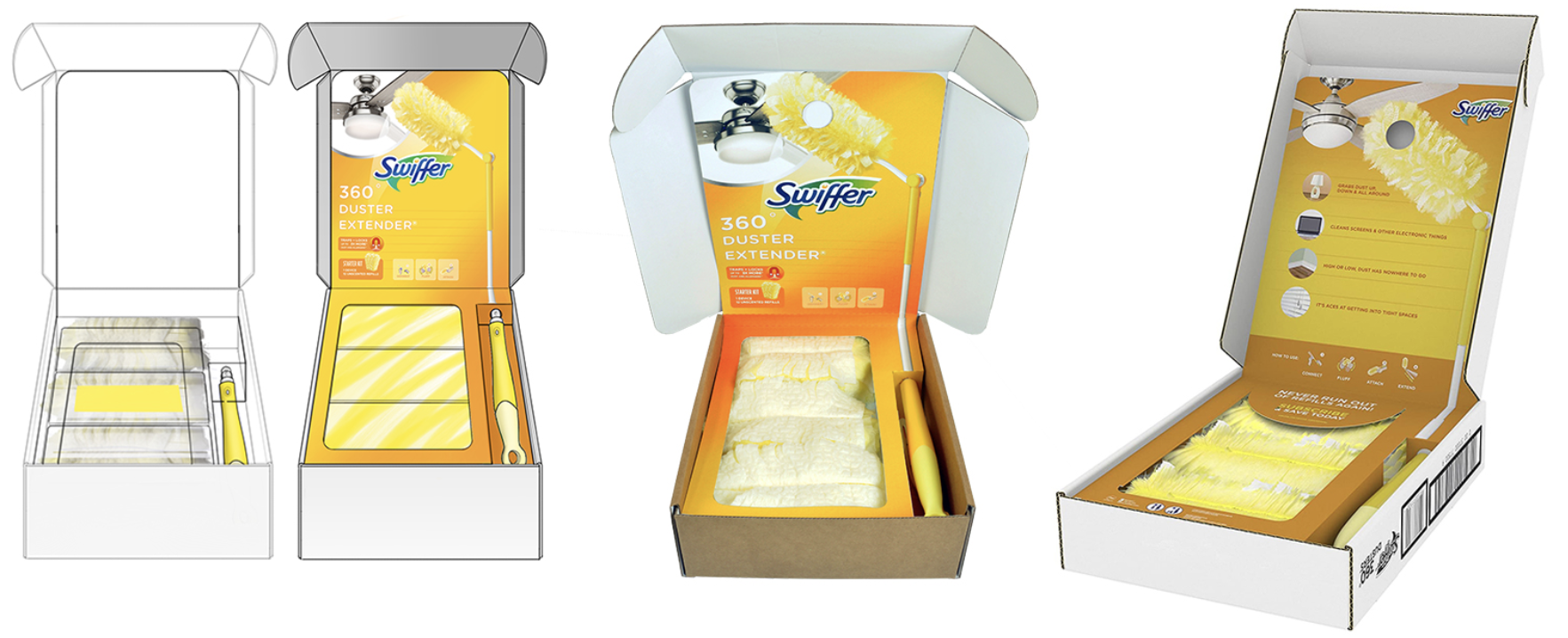This Guest post written by Kiri Masters from BobsledMarketing (www.bobsledmarketing.com). You can reach Kiri at (646) 561-9936 or by email at kmasters@bobsledmarketing.com
The Crowdfunding industry has been doubling every year since 2013 and, like any high-growth opportunity, that has caught the attention of Amazon.
In July this year, Amazon created Launchpad, a program to help onboard crowdfunded brands and startups on Amazon.com. The selling point is that Amazon will help set up your products on the Amazon marketplace, along with a few other gimmicks:
Launchpad has a dedicated “program storefront” on Amazon
- Where shoppers can discover innovative, new products and sign up for product previews – helping to build anticipation for a new product before it’s even live
- Marketing. Launchpad offers “placements across Amazon.com” – this actually includes more ad placement options than what most 3rd Party Sellers are provided with, and “inclusion in the Amazon Vine customer reviews program”. The latter is a group of top-ranked product reviewers who’ve been selected by Amazon to receive free sample products in return for detailed & honest reviews. The Vine program is invite-only for brands, so this is actually a pretty sweet benefit for the Launchpad program. However, it’s still possible to attract high-quality, top-ranked reviewers to review your product without participating in the Vine Program.
- Fulfillment & Operations. “Amazon Launchpad helps you tap into Amazon’s world-class fulfillment infrastructure, trusted customer service and Prime’s fast & free shipping benefits.” Of course, this is the very same infrastructure & systems that is available to all Amazon Sellers.
- Global capabilities. “We can leverage Amazon’s presence in marketplaces around the world to help you grow.” Again, a feature that an Amazon Seller can implement.
One major challenge is that Launchpad is built on the Vendor program, not Seller Central. The Vendor program is Amazon’s wholesale program where they send you a PO, rather than getting paid for each sale as it happens. This presents its own set of challenges for startup product companies:
- Longer payment cycle. Vendor Express offers payment terms of Net+60 days, meaning that you will receive payment for purchase orders 2 months after confirming the Purchase Order. This might be difficult for new startups who need to preserve capital. By contrast, the Seller Central/ FBA payment cycle is 2 weeks after each sale is made, which often creates more predictable, steady cash flow.
- Discretionary. It’s up to Amazon to decide if there’s a sufficient market for your product. To begin participation in the program, you must send a number of free units to Amazon which they use to create your product pages and test the water for demand. “If there is demand for your product based on the units you send, we may order more products from you and pay you for them.” If Amazon decides that your product isn’t a winner, you’re back on your own, minus the free products you sent in – there’s no reimbursement for those.
- Less control. While being on Vendor Central offers you more ways to customize your listing, you cannot update your listing/features/variations on the fly like you can through Seller Central. The platform is locked down and you have to go through Amazon to make every change.
- Less profitable. Because of the Wholesale nature of the relationship, brands miss out on some precious profit margin. e.g. Amazon submits a wholesale PO at a standard 50% retail discount. The most you’ll get paid is 50% of your RRP.
If you’re also the retailer, you will bear the cost of Amazon’s standard fulfillment costs and selling fees, which are usually around 15%. The latter affords you a bigger cut of profit from each sale. - Less control over pricing. Amazon’s focus is on pleasing customers by selling at the best price, not in keeping vendors happy. There have been many high-profile stories of Amazon not adhering to MAPs. This can be devastating if you have other retailer relationships or have an aspirational pricing strategy.
- Excluded products. The Vendor program won’t accept Hazmat products (which includes items with lithium batteries or corrosive materials – anything with a regulated “warning” sticker), products priced at over $500, and bulky products.
My sense is that the Launchpad program will only suit 5-10% of crowdfunded products. At the time of writing, they are only working with a select set of crowdfunding platforms, Rockethub & Indie Go Go. They have not signed a deal with Kickstarter.
Even if they did sign deals with all the major platforms, Amazon’s Launchpad program seems to be targeting only projects with really big potential. It might suit Pebble-sized campaigns who act as more of a classic brand and don’t want to fuss themselves with direct online retail.



